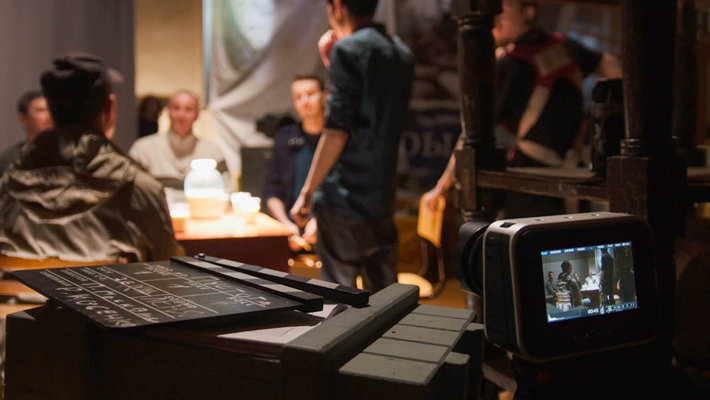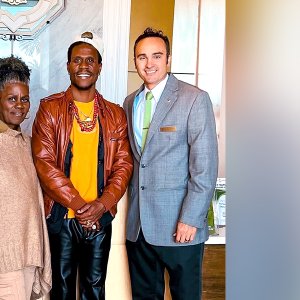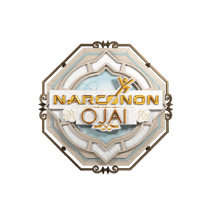What’s the Real Reason So Many Artists and Actors Use Drugs?

In the field of the arts, it’s far too common for our beloved actors, musicians, artists and writers to suffer the destruction of addiction to drugs or alcohol. It happens to successful, prosperous creative people, new arrivals to the scene and those who never make it off the ground. When we enjoy their art, we hate to learn that they have long been suffering as they created pieces of entertainment or culture that we have been enjoying.artists and writers to suffer the destruction of addiction to drugs or alcohol. It happens to successful, prosperous creative people, new arrivals to the scene and those who never make it off the ground. When we enjoy their art, we hate to learn that they have long been suffering as they created pieces of entertainment or culture that we have been enjoying.
Stephen King is a good example of the kind of problems a creative person can encounter. In a Rolling Stone interview, he described his alcohol and cocaine habit that lasted from 1978 until 1986. Throughout these years, he was writing and publishing books but later, felt some of them were flawed from his intoxication.
In 2012, the death of Thomas Kinkaid, a prolific artist of popular cottage scenes, startled his millions of fans and customers. His tragic death was the result of combining alcohol with Valium—both respiratory suppressants. A startled his millions of fans and customers. His tragic death was the result of combining alcohol with Valium—both respiratory suppressants. A spokesperson for the family summed up the problem in words so many families will understand: “At the end of Thom’s life, his struggle with alcohol caused him to become a different person.”
Why Do We Lose Our Artists?
It’s almost like our artists are magnets for this kind of trouble. It would be easy to create a list of all the rock musicians and actors who were forced into multiple stays in rehab to save their careers. There’s a shorter list of those we lost forever, like Corey Haim, Marilyn Monroe and Prince.
In fact, celebrities and artists are magnets for certain types of people who are less than honest and helpful. There are some people who can’t stand the idea that some creative people are more successful than they are. Or maybe these individuals were never even able to get started on the creative careers they wanted.

While they keep their true jealousies secret, their malice may creep to the surface anyway. They may offer drugs to the artist—to help “inspire them, give them energy, help them chill out.” They may point out that famous writers like Ernest Hemingway, stand-up comic Lenny Bruce and musician Eric Clapton all used drugs or alcohol while being creative.
When the drugs run out, they offer to make a run to the dealer to get more, “freeing up the artist to keep creating” or bringing in more drugs to “keep the energy high.”
It’s pathetically easy to find articles like this that detail the widespread use of drugs and alcohol in the movie, music and art industries, and other entertainment professions like sports.
The Road Back to Sobriety and Real Creativity
When a creative person needs recovery, it’s very often the case that his (or her) career is at stake. He needs support while he learns new sober living skills and he needs to be out of the public eye for a while. At Narconon Ojai, we understand the needs of creative professionals. We not only offer a fully drug-free recovery program, we also provide a private, luxurious environment with plenty of one-on-one assistance to help him process the changes he needs to make. For more than fifty years, the Narconon drug rehab program has been helping people of all types find productive, enjoyable lives. At Narconon Ojai, we offer this same recovery path to our artists and creatives so we can continue to enjoy their creations for decades to come.


